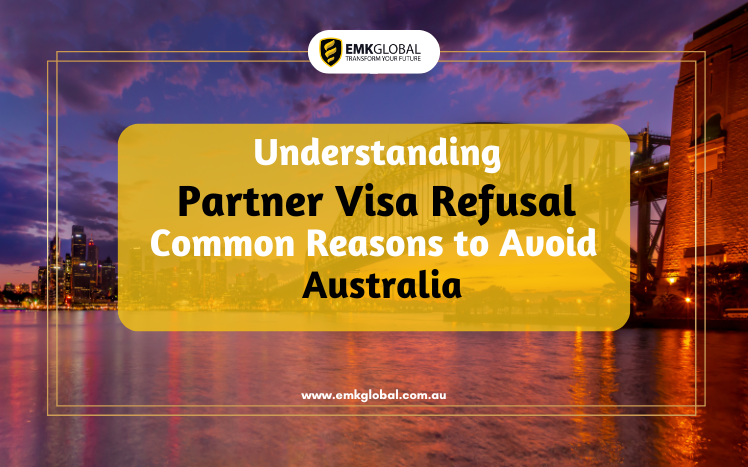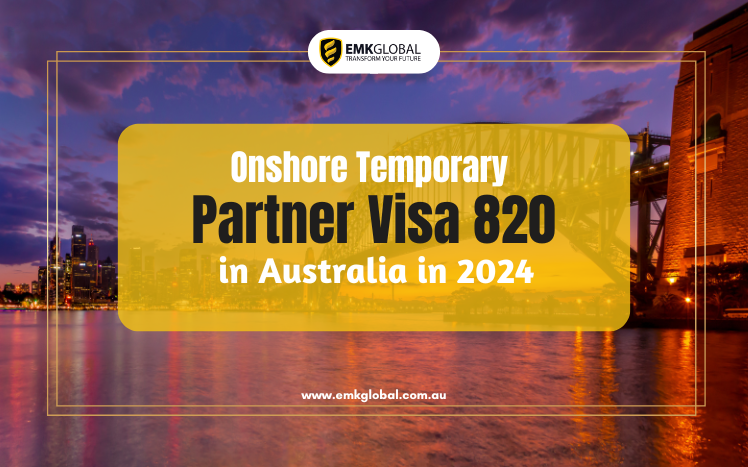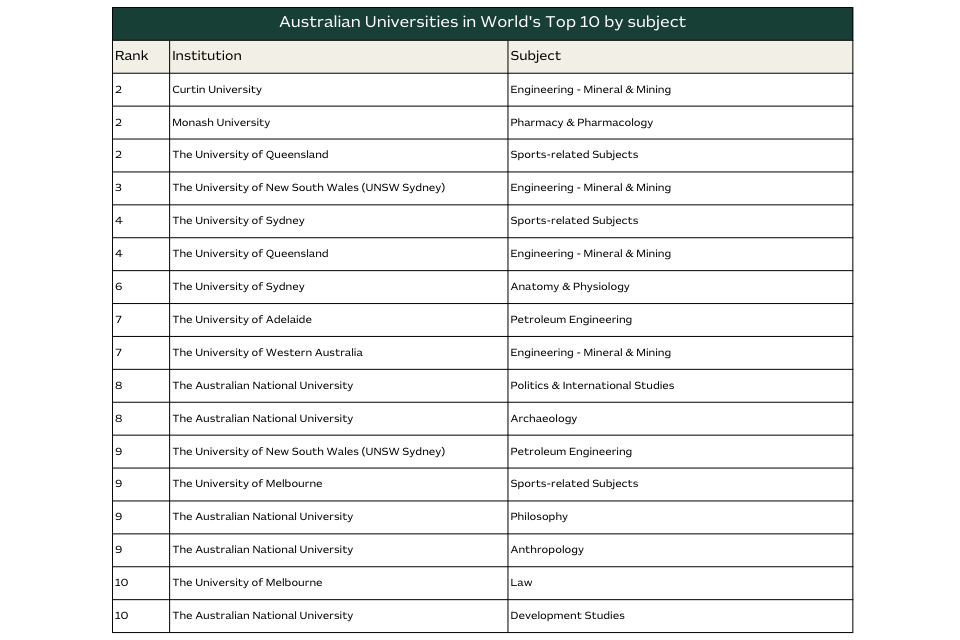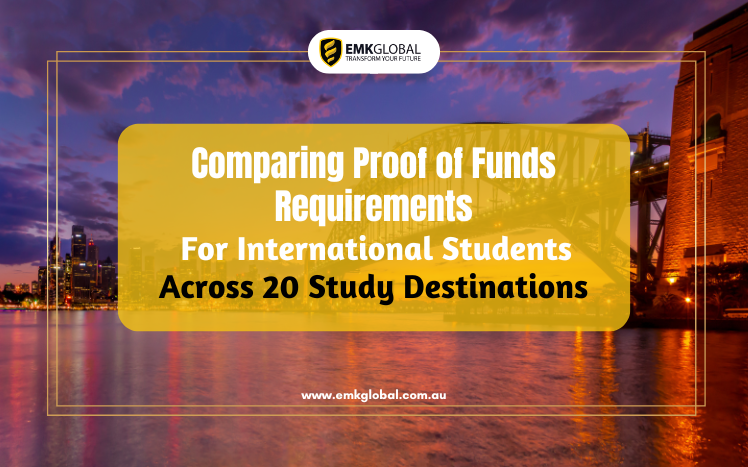Obtaining a partner visa can be a pivotal step in reuniting with loved ones or starting a new life in Australia. However, the journey towards visa approval is not always straightforward, and one of the most daunting challenges applicants may face is the possibility of a partner visa refusal. In this article, we delve into the various reasons why partner visa applications may be rejected and offer insights into how to navigate this complex process effectively.
Partner Visa Refusal: Explained
- A partner visa refusal denotes that the Department of Home Affairs has rejected the applicant’s visa application.
- This decision can have significant consequences, including potential delays in visa pathway plans and implications for future visa applications.
- Options for challenging a refusal, such as applying for a review by the Administrative Appeals Tribunal (AAT), exist but may prolong the resolution process.
Common Causes of Partner Visa Refusals
- Ineligibility:
Failure to ascertain one’s eligibility for the intended partner visa is a primary reason for refusal. Seeking guidance from migration professionals can help navigate through the intricate eligibility requirements.
- Insufficient Evidence:
Inadequate evidence to substantiate the genuineness of the relationship is a prevalent cause of refusal. Evidence should cover financial, social, household, and commitment aspects comprehensively.
- Schedule 3 Criteria:
Applicants in Australia must adhere to Schedule 3 of the Migration Regulations, which entails meeting specific criteria unless compelling reasons warrant otherwise.
- Poor Interviews:
Lack of preparation for interviews with Immigration officials can lead to inconsistencies in responses, raising doubts about the genuineness of the relationship.
- Public Interest Criteria 4020:
Submission of false documents or misleading information can result in refusal, along with potential bans on future visa applications.
- Character Test:
Failure to meet the character requirements, such as having a significant criminal record or association with criminal conduct, can lead to refusal.
- Sponsorship Approval:
Inadequate sponsor qualifications, including income, character, and residency status, can result in application rejection.
- Children Not Included Correctly:
Failure to include dependent children in the application or meet age requirements can lead to refusal or complications in visa processing.
Conclusion
Partner visa refusal can be a daunting experience, but with meticulous preparation and adherence to guidelines, applicants can enhance their chances of a successful outcome. By understanding the common causes of refusal and taking proactive measures, individuals can navigate the visa application process with greater confidence and resilience














